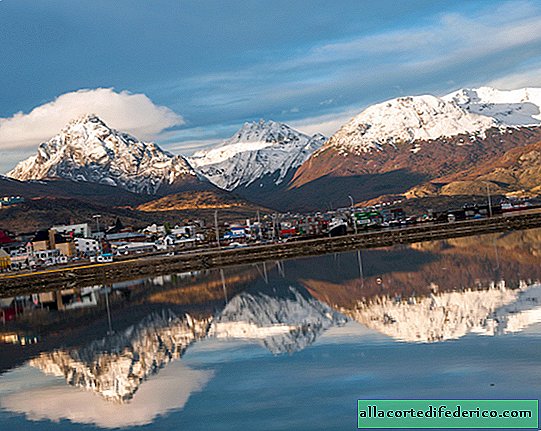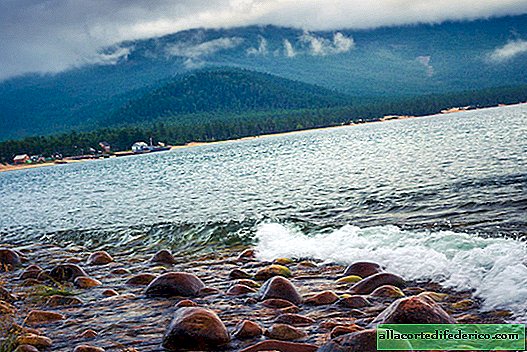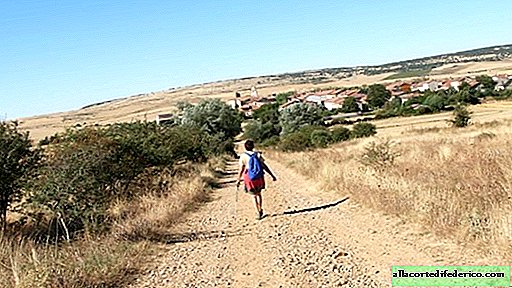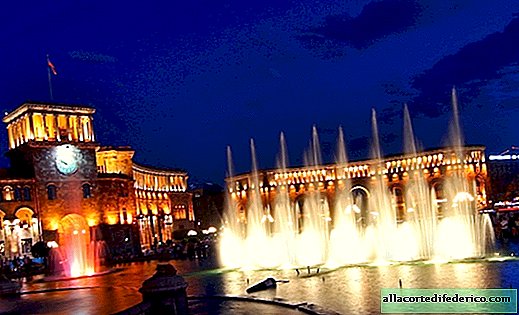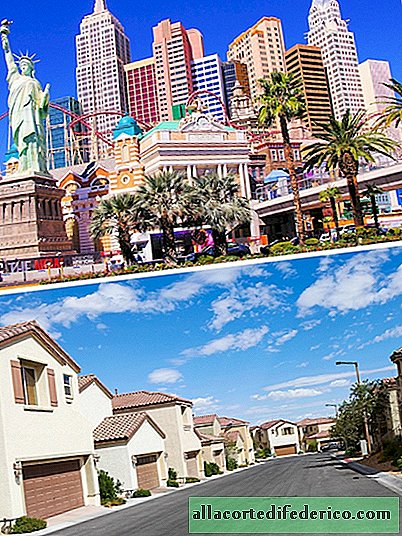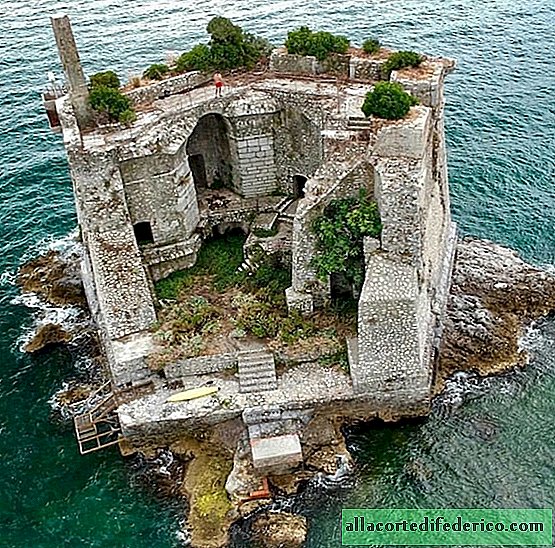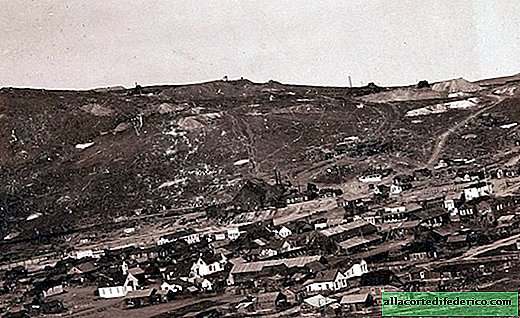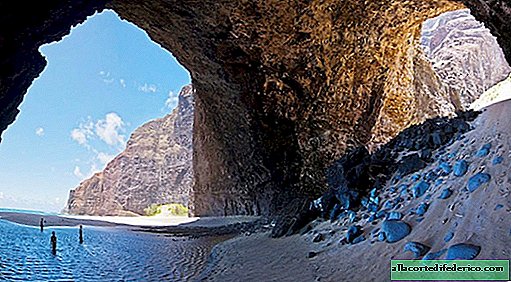Why doesn’t the forest grow in the west of Haiti, and dense tropics in the east
The island of Haiti is located in the zone of growth of tropical forests, but the forest here does not grow at all everywhere. Dense tropics can be found only in the east of the island, while in the western part the lush vegetation has almost disappeared. And it’s not a mountainous terrain or soil features, but territorial affiliation: the island is divided between two different countries.
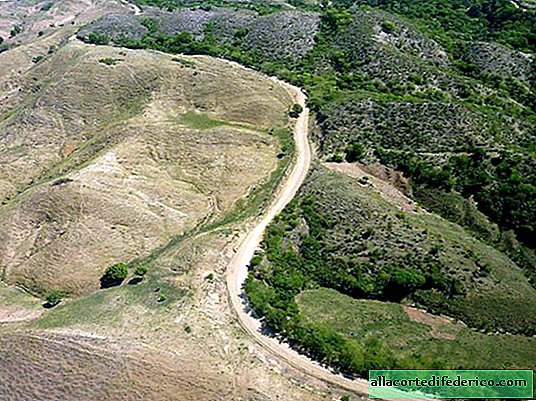
As a result of the centuries-old colonial and then independent history of the development of the island, its territory was divided into two states. The eastern part, slightly larger in area, is occupied by the Dominican Republic, and the western part belongs to the Republic of Haiti. In space photographs, differences between the west and east of Haiti are clearly visible, which have a different color due to the presence and absence of forest vegetation. The various principles that guide countries in developing their natural resources have led to such dramatic differences.


The Dominican Republic, like the neighboring country, is not among the economically developed states of the world. However, the standard of living in Haiti differs from its neighbors for the worse. Here, life expectancy is lower, unemployment is higher, and the vast majority of the population lives below the poverty line. This explains the significant flow of migrants who move from Haiti to the Dominican Republic.

In order to earn a livelihood, the population of Haiti is committed to cutting down forests. Mass deforestation began here in the last century, and at the moment only 1% of the entire territory of the country in which the tropical forest once reigned is covered with forest. Basically, it is cut down to increase the area of agricultural land and the production of charcoal, since in the poorest state it is the only type of fuel for cooking. At the same time, logging in the Dominican Republic was prohibited back in the 60s of the last century, and this ban is generally respected. And although part of the forest plantations of the Dominican Republic consists of valuable species, planted for profit, trees cover almost 30% of the country's territory.

The destruction of the forest caused a real environmental disaster that overtook the Republic of Haiti. Most representatives of the local fauna, deprived of their habitual habitat, have either disappeared or are on the verge of extinction. After deforestation, processes of soil erosion began, which provoked a number of problems. Due to the destruction of the soil layer, the extent of floods has intensified, which are not uncommon in this region, which is generous with typhoons and hurricanes. New fields quickly become worthless due to loss of fertility, which requires the involvement of more and more new lands. But in the conditions of mountainous terrain and the absence of forest that could be cut down, the familiar nature management system will soon have to be abandoned. But whether Haiti will be able to find a way out of this situation is still a question.




